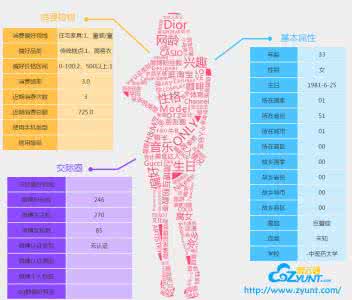Citizen science and machine learning should be considered for monitoring the coastal and ocean environment due to the scale of threats posed by climate change and the limited resources to fill knowledge gaps. Using data from the annotation activity of citizen scientists in a Swedish marine project, we constructed Deep Neural Network models to predict forthcoming engagement. We tested the models to identify patterns in annotation engagement. Based on the results, it is possible to predict whether an annotator will remain active in future sessions. Depending on the goals of individual citizen science projects, it may also be necessary to identify either those volunteers who will leave or those who will continue annotating. This can be predicted by varying the threshold for the prediction. The engagement metrics used to construct the models are based on time and activity and can be used to infer latent characteristics of volunteers and predict their task interest based on their activity patterns. They can estimate if volunteers can accomplish a given number of tasks in a certain amount of time, identify early on who is likely to become a top contributor or identify who is likely to quit and provide them with targeted interventions. The novelty of our predictive models lies in the use of Deep Neural Networks and the sequence of volunteer annotations. A limitation of our models is that they do not use embeddings constructed from user profiles as input data, as many recommender systems do. We expect that including user profiles would improve prediction performance.
翻译:利用瑞典海洋项目中公民科学家的批注活动数据,我们建立了深神经网络模型,以预测未来的参与情况。我们测试了模型,以确定批注参与的模式。根据结果,可以预测在今后的届会中,是否将继续有一个标注员积极开展活动。根据个别公民科学项目的目标,还可能需要确定哪些志愿人员将离开,或哪些人将继续作说明。这可以通过改变预测的门槛来预测。用于构建模型的聘用指标基于时间和活动,可以用来推断志愿人员的潜在特征,并根据他们的活动模式预测他们的任务兴趣。他们可以估计志愿人员是否能够在一定时间内完成一定数量的任务,尽早确定谁可能成为最高贡献者,或确定哪些人可能退出,并提供有针对性的干预措施。我们预测模型的新颖之处在于使用深神经网络模型,而不是使用深神经网络的模型,而根据用户的预测,我们通过构建的预测来改进许多用户的预测,我们作为用户的预测,我们通过构建的预测系统来改进。




